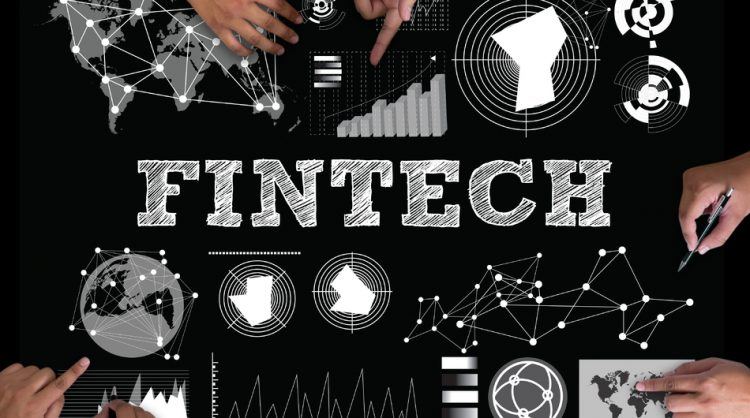
India: Fintech is no more the new kid on the block
By Vivina Vishwanathan for Deal Street Asia
Year 2016 was not as glamourous as 2015 was for fintech in terms of interest from investors. According to start-up data analytics provider Tracxn, investments in 2016 were $484.79 million, compared with $1.18 billion in 2015. One of the reasons is that the 2015 numbers include money raised by Paytm in 2015.
The number of companies founded was also lower—186 in 2016 as against 390 in 2015, according to Tracxn data.
Lending was the emerging theme in fintech. The segment received about $215 million in funding and 57 new companies entering the space. However, payments continued to be the flavour of the year thanks to demonetization. The most active investor in fintech was Sequoia Capital, followed by Accel Partner, according to a Tracxn report. The year also saw some acquisitions in fintech. For instance, Naspers’ PayU, a digital payments provider, acquired Citrus Pay, while Flipkart acquired payment startup PhonePe.
Here’s a look at some of the major themes that played out in fintech and how they fared in 2016.
Payments
In 2016, payments companies got a major fillip from the government thanks to demonetization. E-wallet firms, payment gateways and payments solutions companies came to the forefront. The focus of companies such as Paytm, Mobikwik and Freecharge was to spread awareness and onboard new customers and merchants. “The year was about growth due to the demonetization curve. Now the government, educational institutions and smaller businesses are looking to do digital payments,” said B. Amrish Rau, chief executive officer, PayU India.
“This was also the year in which making payments got easier. It began with UPI (unified payments interface) followed by relaxed norms by RBI (Reserve Bank of India) on digital transactions,” Rau added.
Payment gateways and payments solution providers are betting big on UPI, which was launched in April and went live in August. UPI allows you to pay using a virtual payment address without disclosing any bank account details.
Though National Payments Corporation of India (NPCI) doesn’t allow e-wallets to use UPI, payments solutions and payment gateway companies look at it as an alternative means of making payments, which is likely to pick up pace in 2017.
Since formal lending systems in India are not far reaching, a number of platforms that connect lenders and borrowers saw interest from investors and large commercial banks. “The lending segment in fintech was in the top list for investors. We saw a number of consumer finance companies emerge in 2016. This is also because lending has higher margins than payments,” said Naveen Surya, managing director, ItzCash Card Ltd, and chairman, Payments Council of India. The fintech lending segment can be broadly divided into consumer loans, loan comparison companies, commercial loans and credit rating and credit improvement companies. Most of these companies now have tie-ups with commercial banks and work as an enabler. For instance, this year IDFC Bank Ltd tied up with CapitalFloat, an online lending platform for small businesses. Sashank Rishyasringa, co-founder, CapitalFloat, said, “Borrowers and commercial banks are seeing interest in online lending. The major development in this space was end-to-end paperless loan disbursement with the help of Aadhaar.”
Banks such as State Bank of India, ICICI Bank Ltd and Kotak Mahindra Bank Ltd were seen closely working with fintech companies this year to expand their customer base. “The tie-ups are all to expand our reach at an accelerated pace and at an effective cost point, rather than build everything by ourselves. It is a partnership channel,” said Rajiv Lall, managing director and chief executive officer, IDFC Bank Ltd.
Other sectors
Besides payments and lending, there was interest in other fintech segments as well, such as cryptocurrency, forex, artificial intelligence and bill payments.
In 2016, the number of companies in the cryptocurrency vertical shot up to over 20. In India cryptocurrency businesses are built around exchanges, portfolio management, technology solutions, trading platforms and bitcoin mining.
Though new companies have sprung up, the central bank continues to hold a cautionary view on cryptocurrencies.
Similarly, the trend in online forex services, which had started in 2015, picked up pace this year. Currently, there are over 10 online portals that offer forex or forex-related services. These are online marketplaces to buy or sell foreign currency and make international money transfers.
At the beginning of the year, some investors showed interest in artificial intelligence as well. Large commercial banks were seen closely working with chatbot companies such as Niki.ai, an artificial intelligent-fuelled smart-purchasing assistant company, to provide customer service.
What next?
“The larger fintech space saw impressive growth through the year, and received an unexpected shot in the arm towards the end of the year in the form of the demonetization move,” said Srikanth Meenakshi, founder and director, FundsIndia.com. In 2017, the payment and lending segments are likely to play out further.
“You will also see online investment companies grow, especially where people are able to invest in money markets through e-wallets and apps ,” said Surya.
An increased focus by the government on digital payments, development in Aadhaar payments processes, use of Aadhaar enabled electronic know-your-customer process and UPI will further accelerator payments and lending.
First appeared at Deal Street Asia





